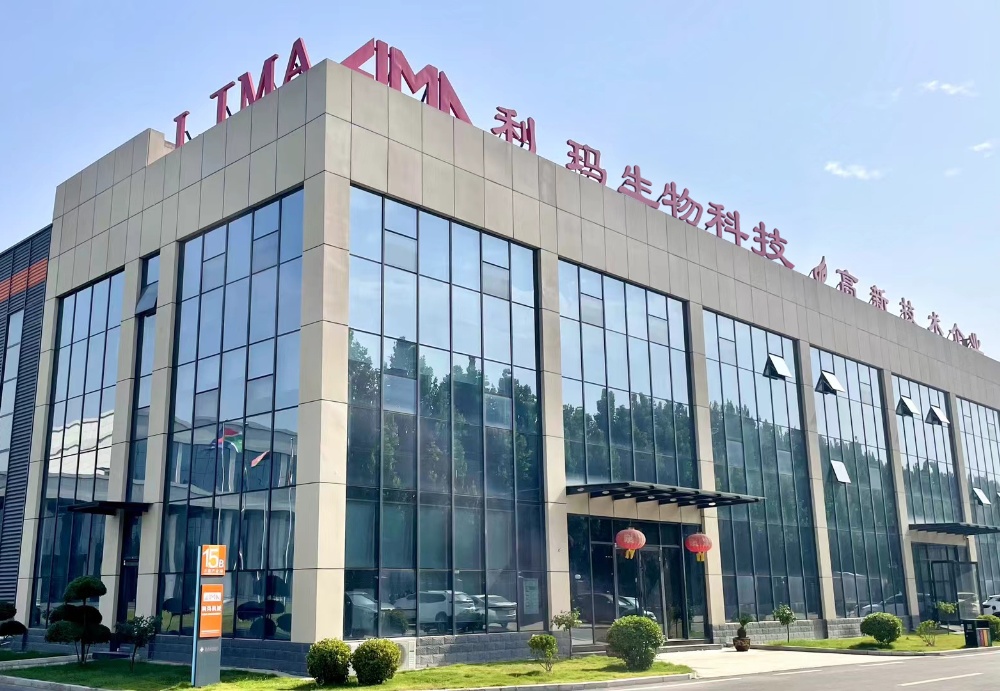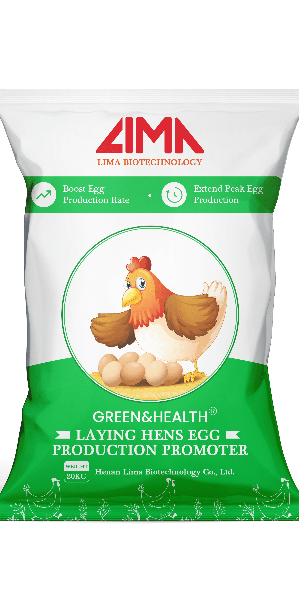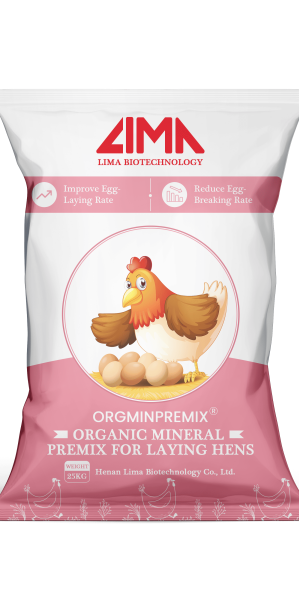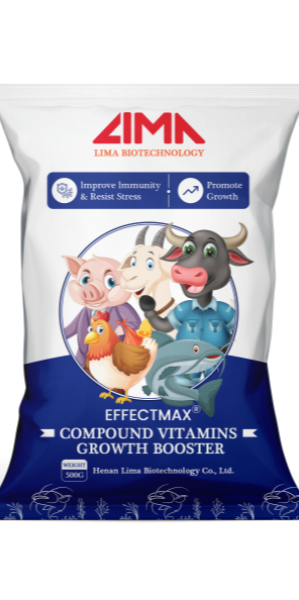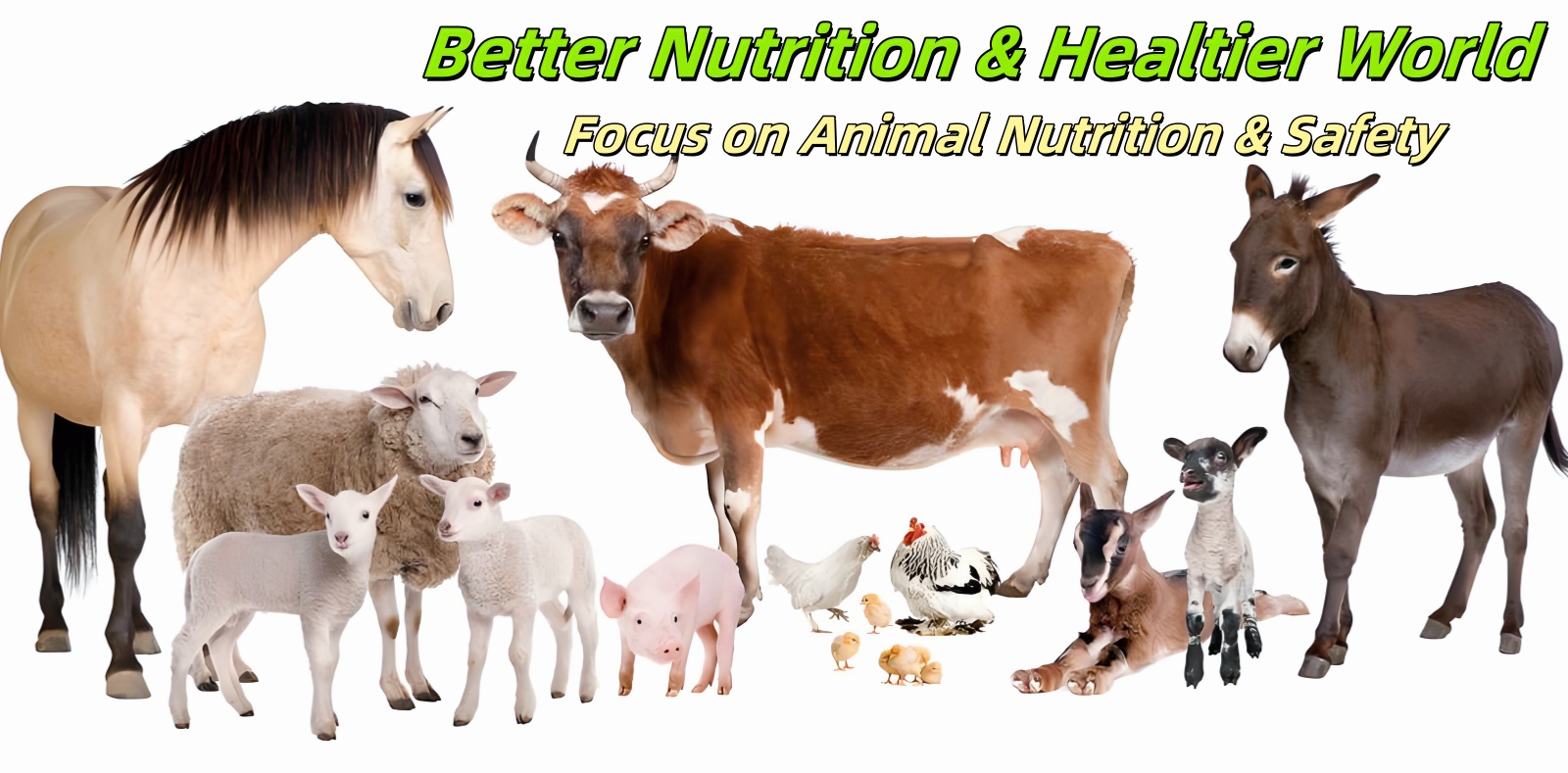How many eggs a chicken can lay in its life is a result of multiple factors. it depends on the breed of the layer, the growth environment, the nutritional supply, and so on.
The yield of laying hens affects the economic interests of farmers, and it is crucial to farmers. so in this paper, we will explore what affects laying, and how to increase egg production.
The variety of laying hens is the main factor affecting egg laying
Different breeds of chicken produce different eggs in color, shape, taste, and nutritional value, for example:
Roman brown egg-laying hens produce 330 eggs annually. and the average egg weight is 64 grams, with strong adaptability and less material consumption.
Hisex Brown Egg Hens lay 324 eggs annually. with an average egg weight of 63 g.
The annual output of Pink-shell hens exceeds 330.
Annual output of Leghorn chickens can reach about 300.
These layers have stable genetic performance, high production, and high adaptability. they are very suitable for large-scale breeding. the above shows that the variety selection is the basis of improving the yield.
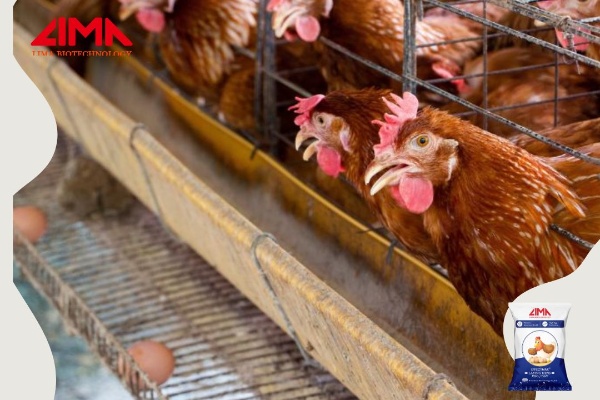
Feeding management determines whether laying hens can reach the normal production level
Necessary lighting
Light can promote the metabolism of chicks and also promote normal bone growth.
When the laying hens are 11 weeks old, the sex organs begin to develop. sufficient light time can promote the secretion of many hormones in the gonads of laying hens. it is very important to improve reproductive performance.
When laying hens begin to lay eggs, light can promote the secretion of luteal hormone, and accelerate the maturity of eggs, thus increasing egg production.
Reasonable light time and light intensity
Reasonable light time and light intensity are also particularly important. too short a light time may delay the sexual maturity of laying hens.
While too long a time will lead to the early maturity of laying hens. early mature chickens not only produce low quality, but also have shorter peak periods.
Too much light will cause laying hens to get restless, and too little light will reduce their feed intake. either form, it will affect the laying rate, so it is important to have a reasonable light time.
Generally, the light time of laying hens should be maintained at 15.5-17 hours, and the light intensity is 32-65 lux.
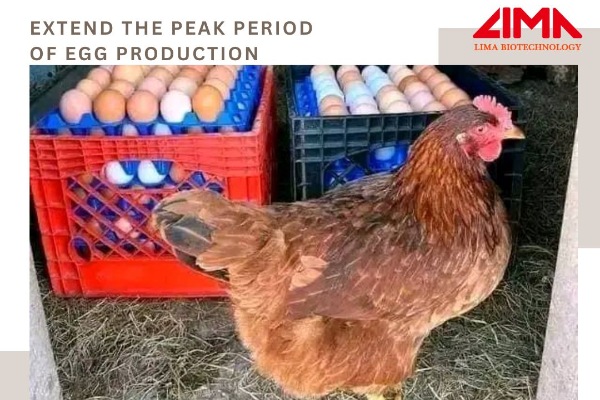
Temperature and humidity control
The best laying temperature of laying hens is 18℃-25℃. when the temperature is too high, it is necessary to ventilate the chicken house in time.
When the temperature is too low, corresponding thermal measures need to be taken. to avoid the symptoms of stress reaction and decreased immunity.
When the humidity of the hen house is kept at 55%~60%, the layer can achieve its best production performance. too dry may cause dry skin and inflammation. overwet can lead to the breeding of bacteria, and laying hens are prone to disease.
In addition, water intake is also an important step. ensuring the water is clean and sufficient, the water content in the broiler body can maintain balance. production of broiler chickens will be further guaranteed.
Disease prevention determines the maintenance of normal egg production levels in laying hens
In the layer breeding industry, the biggest threat is the disease coming from the chicken itself. bacterial infections, stress reactions, infectious diseases, etc., all can lead to a decline in laying hens, or to their production or even death.
At every turn can greatly reduce the economic benefits of farmers. at this time, disease prevention is particularly important.
Routine immunizations
Regular immunization is essential, and layers receive more than a dozen times in their lifetime. although this also poses risks to the chickens themselves, this is under control.
Vaccines are the most effective and fastest way to prevent and solve infectious diseases. according to the health status of the chickens, farmers should develop reasonable immunization procedures. to improve their disease resistance and reduce the risk of disease occurrence.
Cleaning and disinfection
Most virus diseases are from the surrounding environment. so it is very important to do well the chicken house environmental sanitation and disinfection.
Farmers should clean up feces and dirt regularly and ensure ventilation of the chicken house. in addition, for layers with a disease, timely isolation treatment to avoid cross-infection.

Feed additives ensure the maximum productivity of broilers
Nutrition supply
The laying amount of laying hens has a great relationship with the intake of nutrition. enough nutrition can not only improve their production performance. but also improve their enthusiasm for laying eggs.
In the peak period of laying hens, it is particularly important to supplement some trace elements. such as calcium and phosphorus, they help to enhance the hardness of the eggshell. and reduce the egg-breaking rate.
selenium and zinc help to enhance the health of chickens, and indirectly improve the efficiency of egg production.
In different growth stages of laying hens, the feed ratio should be slightly different. scientific and reasonable nutrition collocation can promote the good development of all organs of laying hens. improve the ability to resist disease, and increase the weight and nutritional value of eggs.
Application of feed additives
The application of feed additives marks the upgrade of the breeding industry. including vitamins, trace elements, bioactive enzymes, amino acids, and other additives. it plays a subtle but very important role in the growth and development of poultry.
Feed additives can improve the intestinal peristalsis ability of laying hens. it also can improve the absorption of trace elements in the feed.
With the same amount of feed, chickens with feed additives can draw more nutritional value from it. not only saves feed, but also increases the number of eggs laid.
Additives like some amino acids, it have significant effects in promoting the growth and laying of laying hens.Feed additives can also improve chicken immunity.It is not enough for chickens alone to fight against viruses. in the daily diet, adding some vitamin additives. this approach can significantly reduce the incidence of laying hens by more than 50%.
Some Chinese herbal medicine additives are known as natural green additives. they are particularly important for the growth and development of laying hens. the absorption of trace elements, improving the resistance of the body, and increasing the amount of egg production.
summary
To increase the production of laying hens, we must start with feeding management, disease prevention, and the rational use of feed additives. at the same time, the breeding strategy should be adjusted according to the market dynamics to maximize the benefits.













